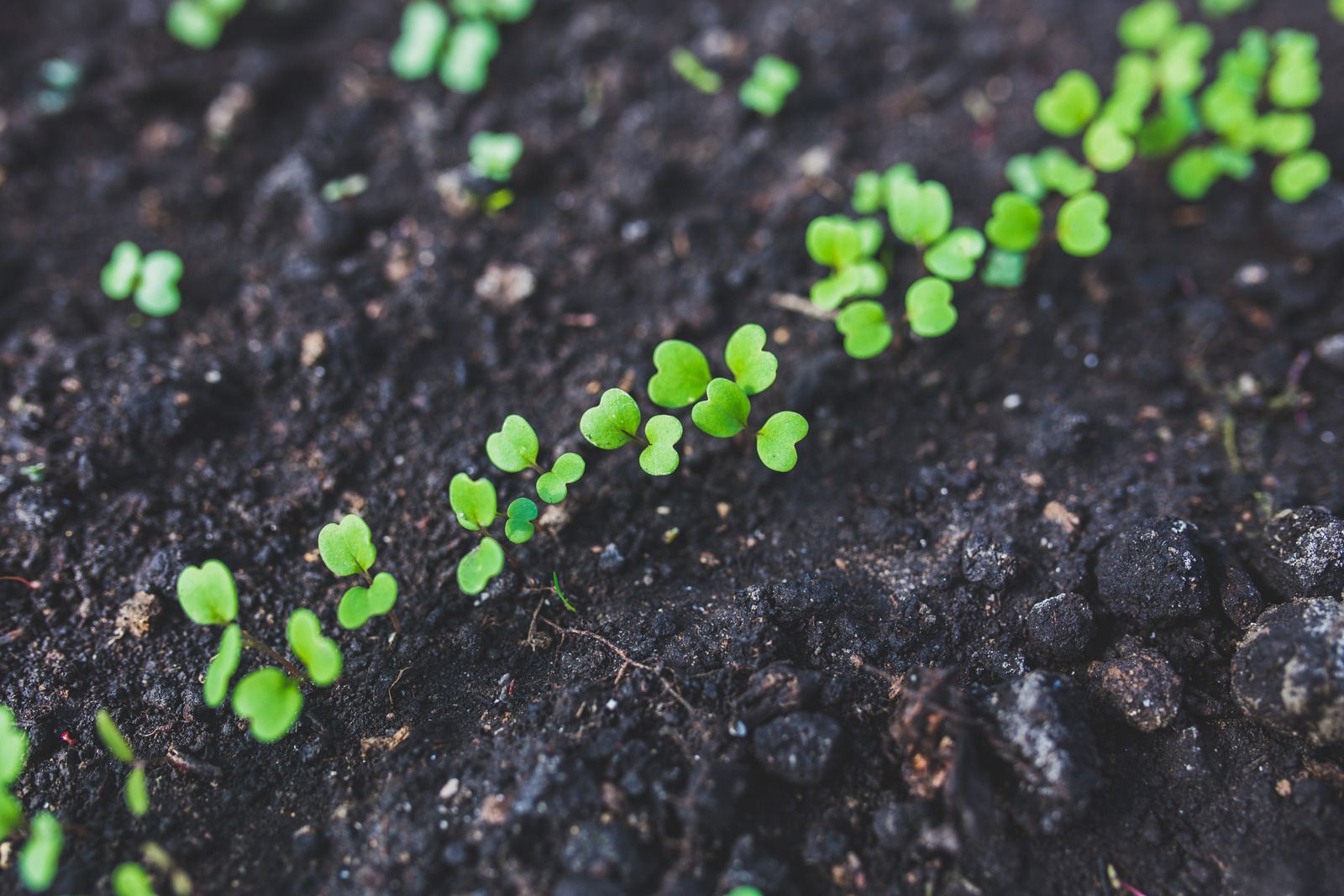How to Get Rid of Nasty Weeds
Weeds are always an unwanted guest in your garden. If you want to get rid of these pests, try one of these handy tips.

Weeds are always an unwanted guest in your garden. If you want to get rid of these pests, try one of these handy tips.
Sleeping Weeds
Believe it or not, weed seeds are on every inch on your garden. Only the seeds in the top inch or so of the soil get enough sunlight to start germination, the rest are “asleep”. Digging and disturbing the soil when planting is bringing the sleeping seeds to the surface and “activating” them. To minimize this, only dig where you need to and try to avoid disturbing the ground. Using a small knife helps with only cultivating the area needed and even slices weed roots along the way.
Mulch
Mulch is the key when it comes to preventing weeds. Mulch prevents light from reaching weed seeds and can even welcome cricket and beetles who seek and kill thousands of types of weeds. Try to keep the mulch 2 inches deep, as 3 or more inches can deprive soil from oxygen. As the mulch decomposes, you will need to top it off yearly or every few years depending on how many inches you use. Typically, one inch decomposes in one year.
Newspaper
Like mulch, newspaper can also block sunlight and oxygen from reaching weeds. In order to use newspaper as a weed blocker successfully, you must first water the bed deeply and then place a layer of newspaper directly on top of the weeds and in between the plants you want to keep. Next, spray the newspaper with water in order for the newspaper to be weighed down and stay on the round. For the best results, top the bed off with a layer of mulch. As an added benefit, the decomposing newspaper is a welcoming environment for soil creatures who can eat unwanted weeds. The weeds underneath the newspaper will eventually die and decompose, leaving your garden weed-free!
Wet vs Dry Conditions
There are two different ways to go about weeding a garden. The first is during wet conditions, like rain, the best solution is to dig up weeds from their roots. It helps to bring a kitchen fork with you in order to dig up smaller weed roots. A fishtail weeder tool or a triple claw cultivator can be used for bigger roots if needed. In dry conditions, weeds that are cut off just below the soil eventually shrivel up and die. After cutting the weeds, adding mulch ensures that they will not grow back.
Gaps Between Plants
Close spacing between plants helps prevent weed growth. When using this strategy, however, keep in mind that each plant will need enough room for its own growth. Try not to spread plants out in a polka-dot fashion but in more of a symmetric way. This can also help with the garden aesthetically.
Deprive of Water
Like other plants, weeds need water to grow. Placing a hose or drip soaker underneath mulch near wanted plants can deprive the weeds of water and dry them out. In most cases, depriving weeds of water can reduce weed-seed germination by 50 to 70 percent. However, you must watch out for weeds such as bindweed and nutsedge which thrive in moist areas and can grow very quickly.

